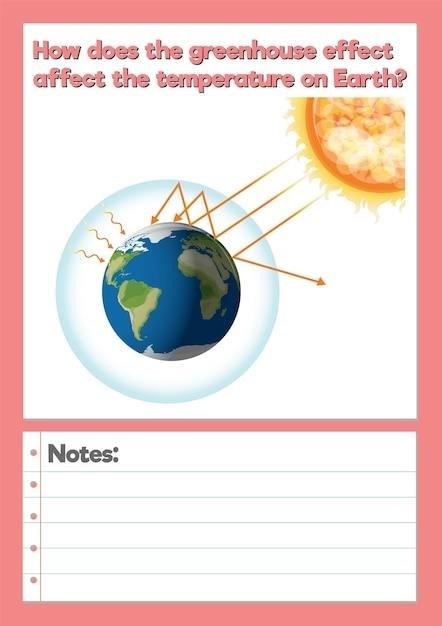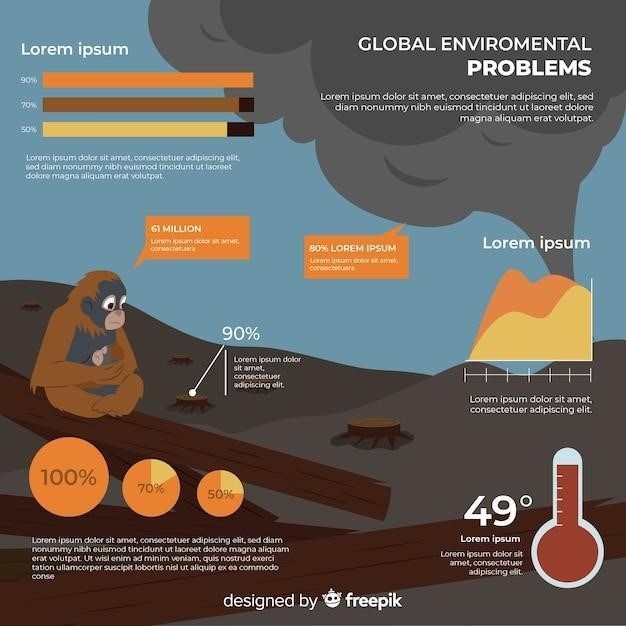
This worksheet is designed to help students understand the process of locating the epicenter of an earthquake using seismograph data. Students will learn about seismic waves, travel time graphs, and the triangulation method. The worksheet includes an example problem and an answer key for students to check their work.
Introduction
Earthquakes are a natural phenomenon that can cause significant damage and devastation. Understanding how to locate the epicenter of an earthquake is crucial for disaster preparedness and mitigation efforts. This worksheet provides a comprehensive guide to the process of locating the epicenter using seismograph data. It delves into the concepts of seismic waves, travel time graphs, and the triangulation method, equipping students with the knowledge and skills to analyze earthquake data effectively.
The worksheet is designed to be interactive and engaging, with an example problem and an answer key to reinforce learning. Through hands-on exercises, students can apply their knowledge to real-world scenarios, gaining a deeper understanding of earthquake science. By mastering the techniques presented in this worksheet, students can contribute to a safer and more informed society when it comes to earthquake preparedness and response.
What is an Earthquake?
An earthquake is a sudden and violent shaking of the ground caused by the movement of tectonic plates beneath the Earth’s surface. These plates, which make up the Earth’s outer layer, are constantly shifting and interacting with each other. When two plates collide, slide past each other, or pull apart, they release a tremendous amount of energy in the form of seismic waves. These waves travel through the Earth’s crust, causing the ground to tremble.
The point where the earthquake originates beneath the Earth’s surface is called the focus or hypocenter. The point directly above the focus on the Earth’s surface is known as the epicenter. It is at the epicenter where the earthquake’s effects are most severe. Earthquakes can vary in intensity, from barely noticeable tremors to devastating events that cause widespread damage and loss of life. The severity of an earthquake is measured using the Richter scale, which assigns a magnitude to each earthquake based on the amount of energy released.
Seismic Waves
Seismic waves are the vibrations that travel through the Earth’s crust as a result of an earthquake. They are similar to sound waves, but they travel much faster and through solid rock. There are two main types of seismic waves⁚ P-waves and S-waves. P-waves, or primary waves, are the fastest type of seismic wave and travel through both solids and liquids. They are compressional waves, meaning that they cause particles in the rock to move back and forth in the same direction as the wave is traveling. This is similar to how a spring compresses and expands when you push on it. S-waves, or secondary waves, are slower than P-waves and can only travel through solids. They are shear waves, meaning that they cause particles in the rock to move perpendicular to the direction of the wave’s travel. This is like shaking a rope up and down.
The difference in arrival times between P-waves and S-waves at a seismograph station is known as the S-P time lag. This time lag can be used to determine the distance between the seismograph station and the earthquake’s epicenter. The further away the station is from the epicenter, the greater the time lag between the arrival of the P-wave and the S-wave. This information is crucial for locating the epicenter of an earthquake.
Locating the Epicenter
The epicenter of an earthquake is the point on the Earth’s surface directly above the focus, where the earthquake originates. Locating the epicenter is crucial for understanding the impact of an earthquake and for planning for future events. To locate the epicenter, scientists use data from seismograph stations, which record the arrival times of seismic waves. By analyzing the difference in arrival times between P-waves and S-waves at three or more seismograph stations, scientists can triangulate the location of the epicenter. The process involves several key steps.
Firstly, seismograph stations record the arrival times of P-waves and S-waves from an earthquake. Next, the time difference between the arrival of the P-wave and the S-wave (S-P time lag) is determined for each station. This time lag is directly related to the distance between the station and the epicenter. Using a travel-time graph, which plots the distance traveled by seismic waves against their arrival time, scientists can determine the distance from each station to the epicenter based on its S-P time lag. Finally, the epicenter is located by drawing circles around each station, with the radius of each circle representing the distance determined from the travel-time graph. The point where these circles intersect is the epicenter of the earthquake.
Using a Travel Time Graph
A travel-time graph is a crucial tool for locating the epicenter of an earthquake. It plots the relationship between the distance a seismic wave travels and the time it takes to arrive at a seismograph station. The graph has two axes⁚ the horizontal axis represents the time elapsed since the earthquake occurred, and the vertical axis represents the distance from the epicenter. Two distinct curves are plotted on the graph, one for P-waves and one for S-waves, reflecting their different speeds of propagation. The difference in arrival times between the P-wave and the S-wave at a seismograph station is known as the S-P time lag.
By measuring the S-P time lag on the seismogram and finding the corresponding point on the travel-time graph, scientists can determine the distance from the seismograph station to the epicenter. This distance corresponds to the vertical axis value on the graph where the S-P time lag intersects the curve for either the P-wave or the S-wave. This process is repeated for each seismograph station that recorded the earthquake. The travel-time graph is an essential tool for accurately calculating the distances from multiple seismograph stations to the epicenter, allowing for triangulation to pinpoint the exact location of the earthquake’s origin.
Triangulation Method
The triangulation method utilizes data from at least three seismograph stations to pinpoint the precise location of an earthquake’s epicenter. This method leverages the distances determined from travel-time graphs for each station. Imagine drawing circles on a map, with each circle’s center representing a seismograph station and its radius corresponding to the calculated distance from that station to the epicenter.
The epicenter is located at the point where these three circles intersect. The intersection of two circles would create two possible epicenter locations, but the third circle narrows it down to a single point. This method utilizes the geometry of circles to pinpoint the exact location where the earthquake originated, ensuring a more accurate determination of the epicenter’s position. The triangulation method is a fundamental tool in seismology, enabling scientists to precisely locate earthquakes and understand the distribution of seismic activity across the globe.
Example Worksheet
The example worksheet typically presents a scenario involving an earthquake. It provides data from three different seismograph stations, including the arrival times of the P-waves and S-waves. Students are tasked with using a travel-time graph to determine the distance from each seismograph station to the epicenter. This involves finding the time difference between the P-wave and S-wave arrival times on the graph and correlating this with the distance. The worksheet then includes a map with the locations of the three seismograph stations marked;
Students are instructed to use a compass to draw circles around each station, with the radius of each circle representing the distance calculated from the travel-time graph. The point where all three circles intersect represents the epicenter of the earthquake. The example worksheet acts as a guided practice for students to apply the concepts learned regarding seismic waves, travel-time graphs, and the triangulation method. It provides a visual representation of the process involved in locating an earthquake’s epicenter, reinforcing the understanding of this crucial aspect of seismology.
Answer Key
The answer key provides the correct solutions for the example worksheet. It outlines the steps involved in locating the epicenter, including the calculations for determining the distance from each seismograph station to the epicenter using the travel-time graph. The answer key also includes a map with the epicenter accurately marked at the intersection of the three circles drawn around the seismograph stations. This serves as a reference point for students to compare their own work and identify any errors they may have made in their calculations or map construction.
The answer key is essential for students to check their understanding of the concepts and procedures involved in locating an earthquake’s epicenter. It allows them to self-assess their learning and identify areas where they may need further clarification or practice. By comparing their answers to the provided key, students can gain confidence in their abilities and solidify their knowledge of this crucial aspect of earthquake science.
Locating the epicenter of an earthquake is a crucial aspect of earthquake science. This worksheet provides a valuable tool for students to learn and practice this important skill. By understanding the principles of seismic waves, travel-time graphs, and the triangulation method, students gain a deeper understanding of earthquake phenomena and the methods used to study them.
The worksheet’s answer key serves as a valuable resource for students to check their work and reinforce their understanding of the concepts. It also provides an opportunity for students to identify any areas where they may need further clarification or practice. This hands-on learning experience helps students develop critical thinking skills and a stronger foundation in earthquake science.

Overall, this worksheet is an effective tool for teaching students about earthquake epicenter location and its significance in understanding these natural events. By engaging in this activity, students can gain valuable knowledge and skills that can contribute to their appreciation and understanding of the Earth’s dynamic processes.